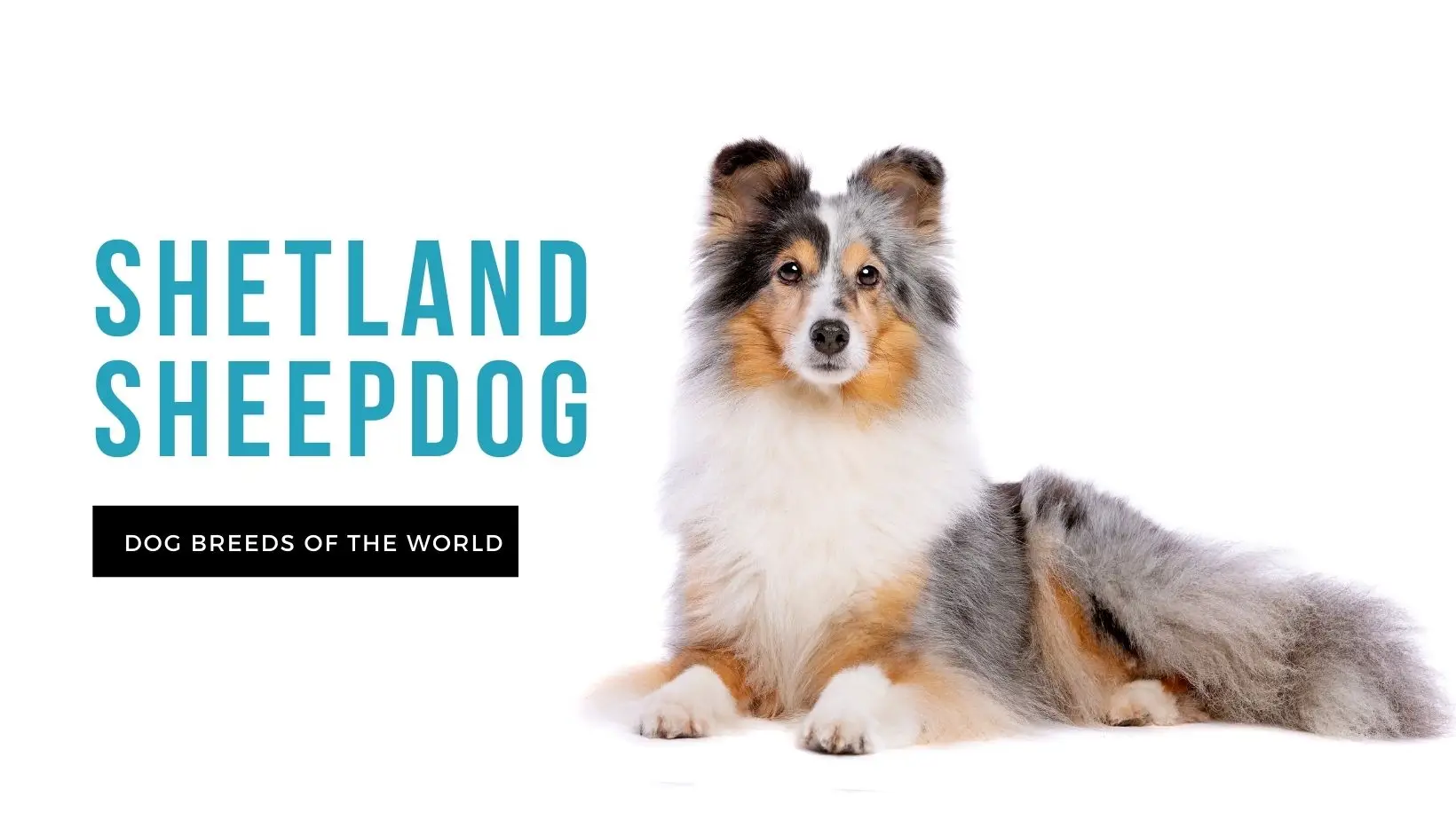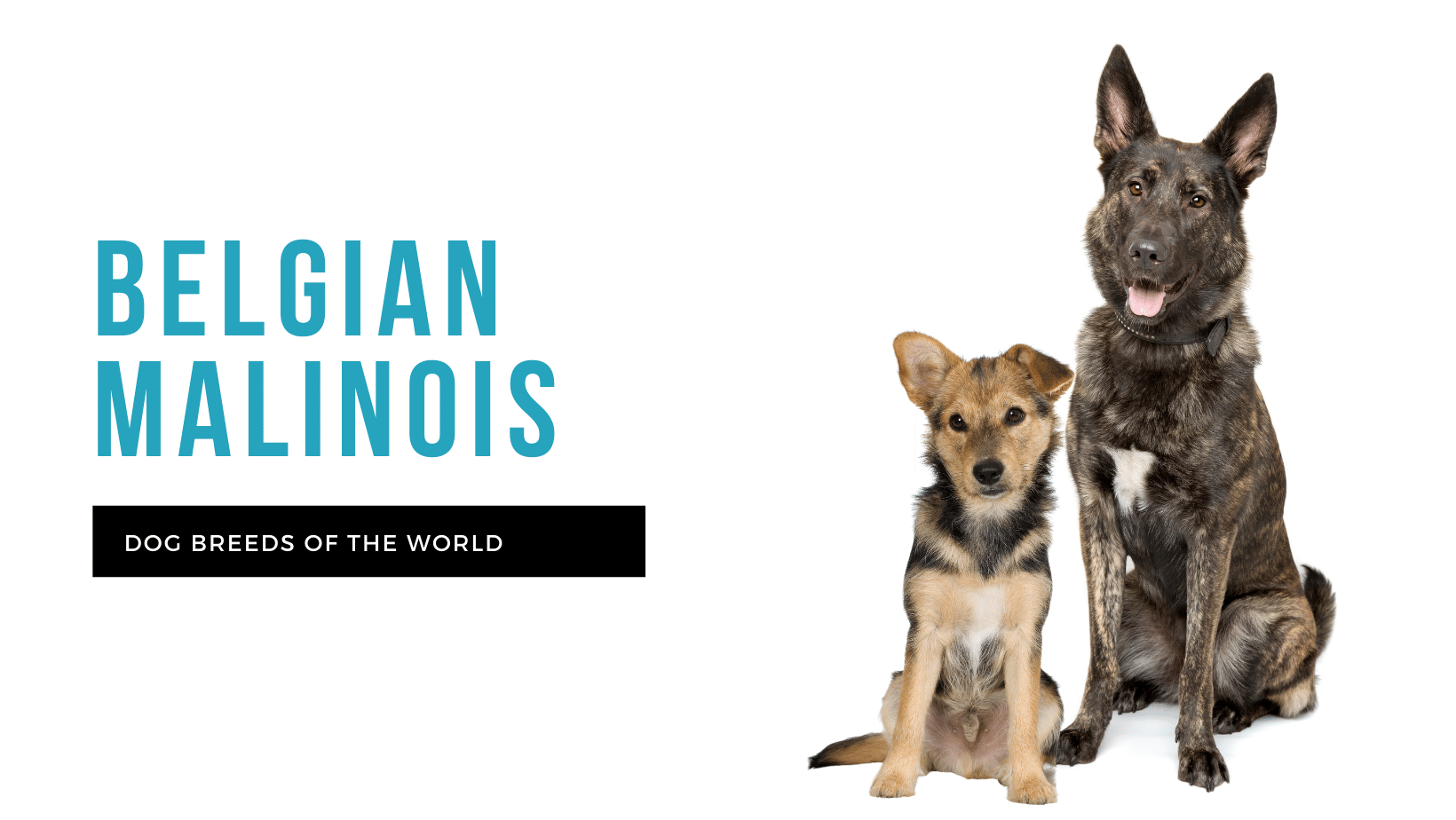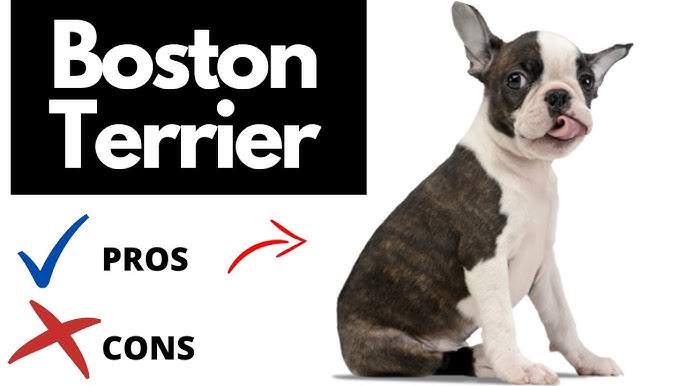Shetland Sheepdog: The Ultimate Guide to Choosing, Caring, and Training a Sheltie
The Shetland Sheepdog, affectionately known as the Sheltie, is a small, agile, and intelligent breed that has captured the hearts of dog lovers worldwide. With their keen minds, affectionate nature, and stunning looks, Shelties make for wonderful companions. However, they are not the right fit for every home. This comprehensive guide will walk you through everything you need to know about Shetland Sheepdogs, including choosing the right one, training, care, pros and cons, and pricing.
1. Breed Overview
- Origin: Shetland Islands, Scotland
- Group: Herding
- Lifespan: 12–14 years
- Weight: 15–25 pounds
- Height: 13–16 inches
- Coat: Long, double coat; weather-resistant
- Colors: Sable, black, blue merle, with white and/or tan markings
The Sheltie was originally bred to herd sheep and protect farmland in the harsh climates of the Shetland Islands. Their smaller size compared to traditional herding breeds made them ideal for managing smaller livestock in rugged terrain.
2. Personality and Temperament
Shelties are:
- Intelligent: Ranked among the top 10 smartest dog breeds.
- Loyal: Incredibly devoted to their families.
- Reserved with Strangers: Naturally cautious but rarely aggressive.
- Alert: Excellent watchdogs, quick to bark at unfamiliar activity.
- Eager to Please: Thrive on positive reinforcement and human praise.
They are best suited to homes where they receive mental stimulation and companionship. Left alone for long periods, Shelties can become anxious and develop behavioral issues like excessive barking or destructiveness.
3. Choosing the Right Sheltie
What to Look for in a Sheltie Puppy
- Health Screening: Choose breeders who test for hip dysplasia, Collie Eye Anomaly (CEA), Von Willebrand’s Disease, and hypothyroidism.
- Temperament: Look for puppies that are curious but not overly timid or aggressive.
- Socialization: Good breeders begin early socialization—exposing puppies to people, sounds, and other dogs.
Adoption vs. Buying
- Adoption: Rescues and shelters may have Shelties or Sheltie mixes. This route is less expensive and gives a dog a second chance.
- Buying from a Breeder: Expect to pay more, but you’ll have more control over health history and upbringing.
4. Training a Sheltie: A Smart Dog’s Mind at Work
Shelties are highly trainable but require a thoughtful approach:
Basic Obedience Training
- Start early with commands like sit, stay, come, and heel.
- Use positive reinforcement—praise, treats, and play.
- Avoid harsh corrections; Shelties are sensitive and may shut down emotionally.
House Training
- Crate training works well.
- Stick to a routine for meals and bathroom breaks.
- Reward immediately after elimination in the correct spot.
Advanced Training and Enrichment
- Shelties excel in agility, obedience trials, herding, and rally.
- Puzzle toys and interactive games are excellent for mental stimulation.
- Keep training sessions short (10–15 mins) but frequent.
Socialization Tips
- Introduce your Sheltie to different environments, people, and animals from a young age.
- Be patient; they can be shy, but exposure helps confidence.
5. Grooming and Care
Grooming Needs
- Brushing: 2–3 times per week (daily during shedding season).
- Bathing: Every 4–6 weeks.
- Trimming: Regular nail trims, ear cleaning, and dental hygiene are essential.
Shedding
- Heavy seasonal shedding (spring and fall).
- Invest in a good de-shedding tool and vacuum if you’re a neat freak.
Exercise Requirements
- At least 1 hour of exercise per day: walks, play, training, or agility.
- A fenced yard is ideal but not essential with daily activity.
Diet and Nutrition
- High-quality kibble or raw diet based on vet recommendations.
- Monitor weight closely; Shelties can be prone to obesity.
6. Health and Common Medical Issues
Shelties are generally healthy, but they are predisposed to certain genetic conditions:
Common Health Concerns
- Collie Eye Anomaly (CEA): A genetic eye defect that can lead to blindness.
- Hip Dysplasia
- Hypothyroidism
- Von Willebrand’s Disease: A bleeding disorder.
- Dermatomyositis: A hereditary skin and muscle condition.
Preventive Care
- Annual vet checkups.
- Vaccinations and parasite control.
- Spay/neuter if not breeding responsibly.
7. Pros and Cons of Owning a Sheltie
✅ Pros
- Highly Trainable: Perfect for obedience and agility sports.
- Loyal & Loving: Deeply attached to their family.
- Good with Children: Especially if raised with them.
- Compact Size: Ideal for smaller homes or apartments with exercise.
❌ Cons
- Heavy Shedding: Their thick coat is a lot of work.
- Prone to Barking: Especially without enough mental stimulation.
- Shy with Strangers: Socialization is key.
- Sensitive: May not respond well to rough handling or loud environments.
8. Sheltie Price Guide
The cost of a Shetland Sheepdog varies depending on where you get it and the dog’s lineage.
Price Breakdown
- Adoption Fee: $100–$400
- Breeder Puppy: $1,000–$2,500 (show-quality pups may cost more)
- Initial Costs (supplies, vet visits, training): $500–$1,000
- Annual Upkeep: $800–$1,500 (food, grooming, medical)
While initial investment may seem steep, the emotional return on a well-trained, loving Sheltie is immeasurable.
9. Is the Shetland Sheepdog Right for You?
Perfect Match If You:
- Want an intelligent, trainable dog
- Enjoy interactive play and training
- Have time for grooming and companionship
- Can provide a calm but engaging environment
Might Not Be the Best Choice If You:
- Prefer low-maintenance grooming
- Live in a very noisy or chaotic home
- Are away from home for long hours daily
- Want a dog that’s immediately friendly with strangers
10. Final Thoughts
The Shetland Sheepdog is a wonderful breed for those who appreciate a bright, sensitive companion with a big heart in a small body. Their beautiful coat and expressive eyes draw attention, but it’s their loyalty, trainability, and intelligence that make them lifelong favorites.
Investing in a Sheltie means investing time in grooming, training, and bonding—but the reward is a deeply devoted furry friend who will never leave your side.




